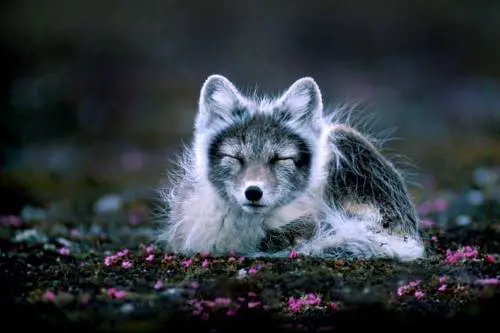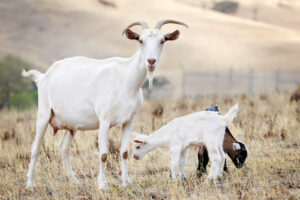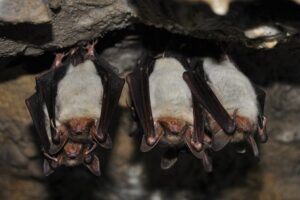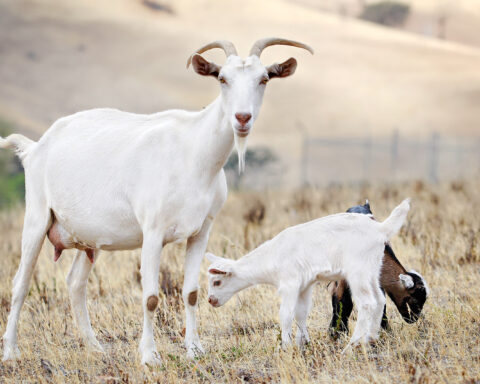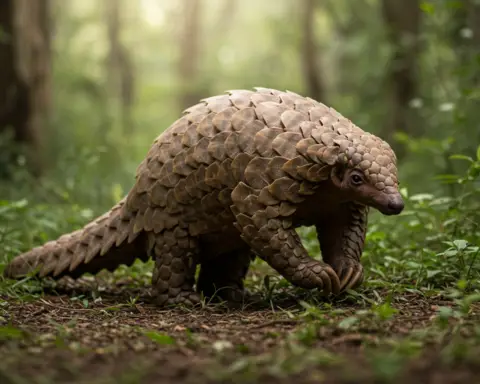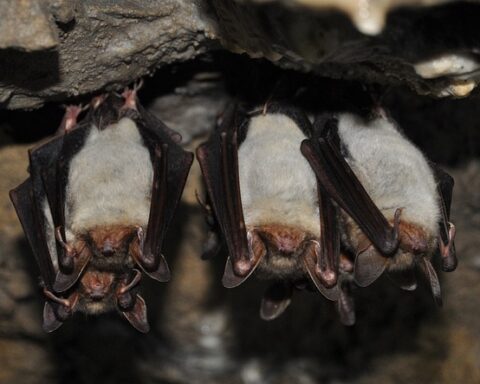The Arctic fox (Vulpes lagopus) is a medium-sized mammal which takes on white coat in winter and becomes chocolate brown in summer. The fox can survive the extreme weather conditions for it is insulated with thick white coat. The fox’s fur appears creamy white. But it’s hard to spot arctic fox in the wild due to its creamy white coat which blends in with the Arctic white background. If you’re searching for the arctic fox in the North Pole, go for the creamy yellowish object, preferably the one that is moving.
The arctic fox averages 3 feet in body length and weighs 5 to 15 pounds. While the winter coat is all white, the undersides are light grey to brownish. The underparts are probably not as thick as the outer fur. The fox is also recognized by its bluish coat which occurs only sometimes in winter. In some areas, the coat takes on black color.
Read More: What Do Arctic Foxes Eat?
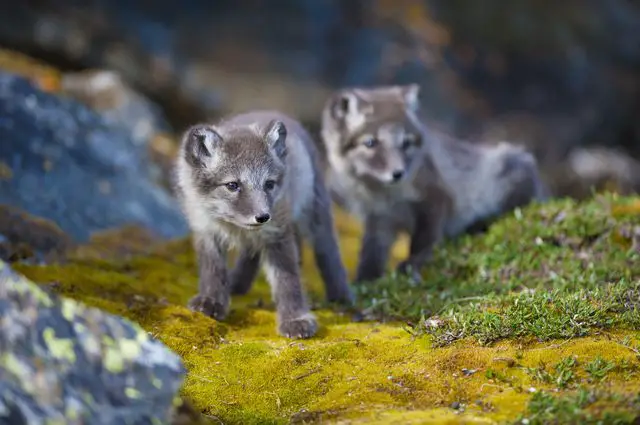
Arctic foxes have long bushy tail. They have small curled ears and short nose. Arctic fox can run fast on the sea ice for it is supported by its short stubby legs which are all covered with dense fur. The small ears and short nose prevents the body heat from escaping—probably an adaptation to living in the cold habitat.
The fox’s fur appears creamy white. But it’s hard to spot arctic fox in the wild due to its creamy white coat which blends in with the Arctic white background.
Like polar bears, arctic fox can walk on the ice with ease. The fox’s paw pad possesses dense fur which serves as a snowshoe thereby keeping the animal warm at all times. Not only does it keep the fox warm—the paw fur makes sure that the fox doesn’t slide on the sea ice.
References
http://www.nhptv.org/natureworks/arcticfox


